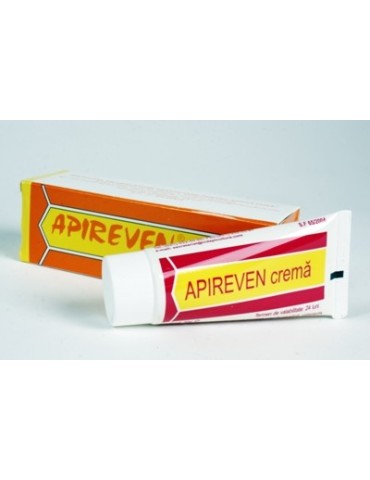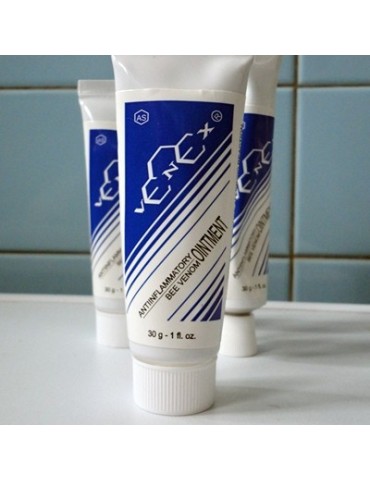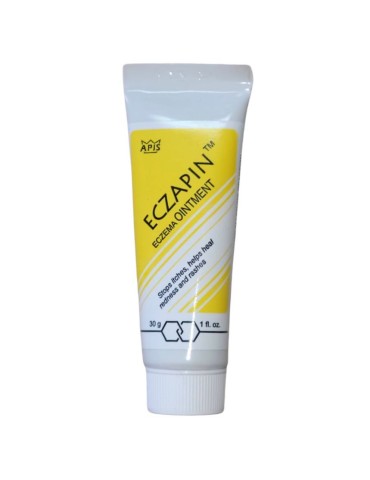Welcome to our Q&A on bee venom creams!
Here we explore the benefits, uses, and safety considerations of this innovative skincare product.
A bee venom cream is a cosmetic product that contains bee venom as an active ingredient. Bee venom is known for its anti-inflammatory, antioxidant, and analgesic properties that can help reduce pain and inflammation in targeted areas.
The cream contains a blend of bee venom and essential oils from natural extracts that ensures the activation of peripheral blood flow and creates a feeling of relaxation and comfort in the applied area.
While bee venom creams can be beneficial for many skin types, it is recommended to perform a patch test before use, especially for individuals with sensitive skin.
It is important to follow the manufacturer's instructions and perform a patch test before use, especially if you have sensitive skin or a history of allergy to bee stings. Additionally, do not use bee venom creams on broken or irritated skin or in case of known allergy. Do not use bee venom creams on the face or genital areas.
Normal reactions when applying bee venom cream may include a slight tingling sensation, warmth, or redness on the skin. These reactions are usually temporary and may indicate that the cream is stimulating blood circulation and the skin's healing processes. Most notable non-allergic reactions include itching, warmness, transient swelling and redness of the affected area lasting for 30-120 minutes.
Bee venom creams can offer several benefits for muscular problems. Bee venom contains peptides that can act as natural anti-inflammatories, helping to reduce inflammation and pain associated with muscle tension. Additionally, bee venom may promote muscle relaxation and improve blood circulation in the affected area, thereby promoting faster recovery.
Bee venom creams can also be beneficial for joint problems. Bee venom has anti-inflammatory properties that can help alleviate pain and inflammation associated with arthritis and other joint issues. Additionally, the stimulating action of bee venom on blood circulation can contribute to improving joint mobility and flexibility, which can be particularly helpful for individuals experiencing joint stiffness.
Different bee venom creams can vary in terms of venom concentration and other added ingredients. VeneX has a higher concentration of venom, which can make it more effective for individuals seeking quick results. Apixin has a slightly lower concentration of venom, making it more easily tolerated for individuals with sensitive skin. Finally, Apireven has an even lower concentration of venom, but it also contains propolis, known for its soothing and healing and anti-inflammatory properties. The presence of propolis in Apireven allows for even greater tolerance for individuals with very sensitive skin. And finally, Eczapin is an ointment with bee venom cream, specially formulated to treat eczema.
Besides applying the bee venom creams on painful joints and muscles, they can be applied to chronic skin diseases, treating cold feet or hands, diseases related to lack of oxygen or micronutrients and for athletes to keep muscles warm and relaxed during competition.
Typically the dosage of a live honeybee sting is more intense and concentrated than bee venom creams. The quantity in the cream is lower and is easier to control the desired effects with less risk than with a live honeybee.
Anaphylactic shock is a severe and potentially life-threatening allergic reaction that can occur in some individuals sensitive to bee venom. However, in the case of bee venom creams, manufacturers typically take measures to minimize this risk. The concentration of venom in these creams is carefully calculated and controlled to be safe and effective without triggering severe allergic reactions. Additionally, it is recommended to perform a patch test before use to identify any individual sensitivity and to consult a healthcare professional if there is a history of severe allergies to bee stings. Also, honey bee venom is not the same as venom from wasps, hornets or yellowjackets.
It is recommended to consult a healthcare professional before using bee venom creams during pregnancy or breastfeeding, as there is not enough data on their safety in these situations.
Although it’s rare for children to have arthritic joint pain, the manufacturer of Venex does not recommend it for infants and small children. As for use with pets, it is not recommended since they are likely to lick the cream and that would be very detrimental.
The shelf life of bee venom creams after opening is typically 24 months. This means that the product remains effective and safe to use during this period after being opened. It is important to adhere to this recommendation to ensure the product's effectiveness and avoid any risk of spoilage or contamination. Generally, the most common example is diminished effectiveness and change in odor. Additionally, it is recommended to store the cream in a cool, dry place away from direct sunlight to prolong its shelf life.
While the best-before date indicates the period during which the product is expected to maintain its properties and maximum effectiveness, it does not mean that the product becomes immediately ineffective after this date. The effectiveness of the cream can, however, decrease over time, beyond the suggested date, especially if stored under inappropriate conditions such as heat or exposure to air or sunlight. Therefore, it is recommended to check the appearance and smell of the product before use, after the best-before date.
.png)





